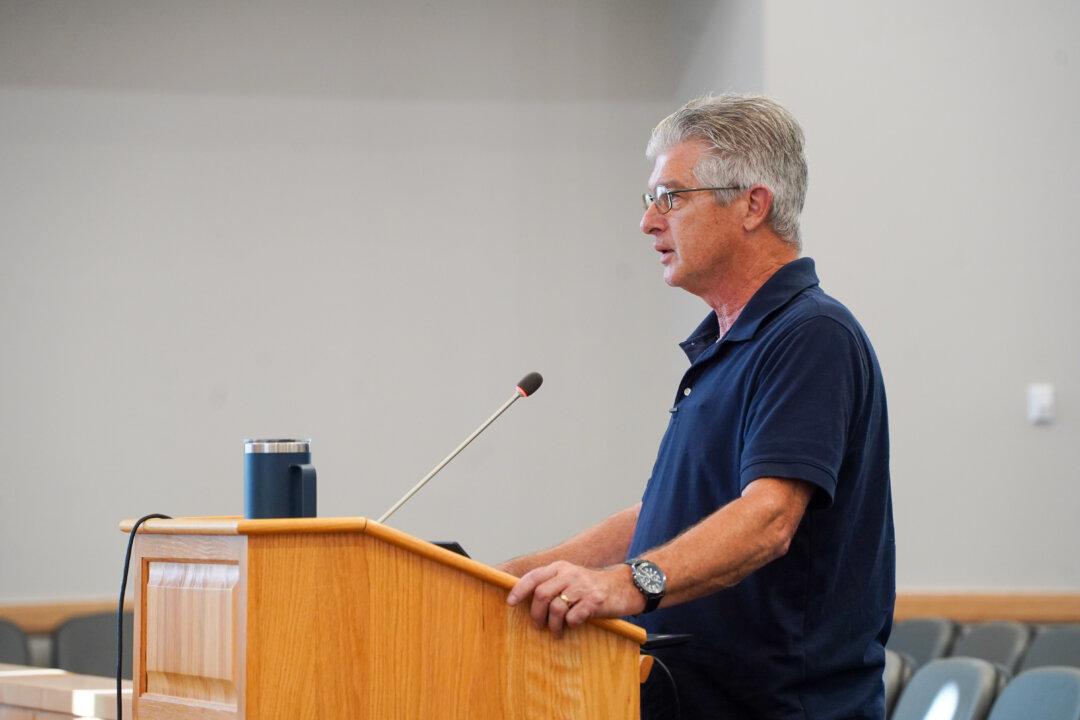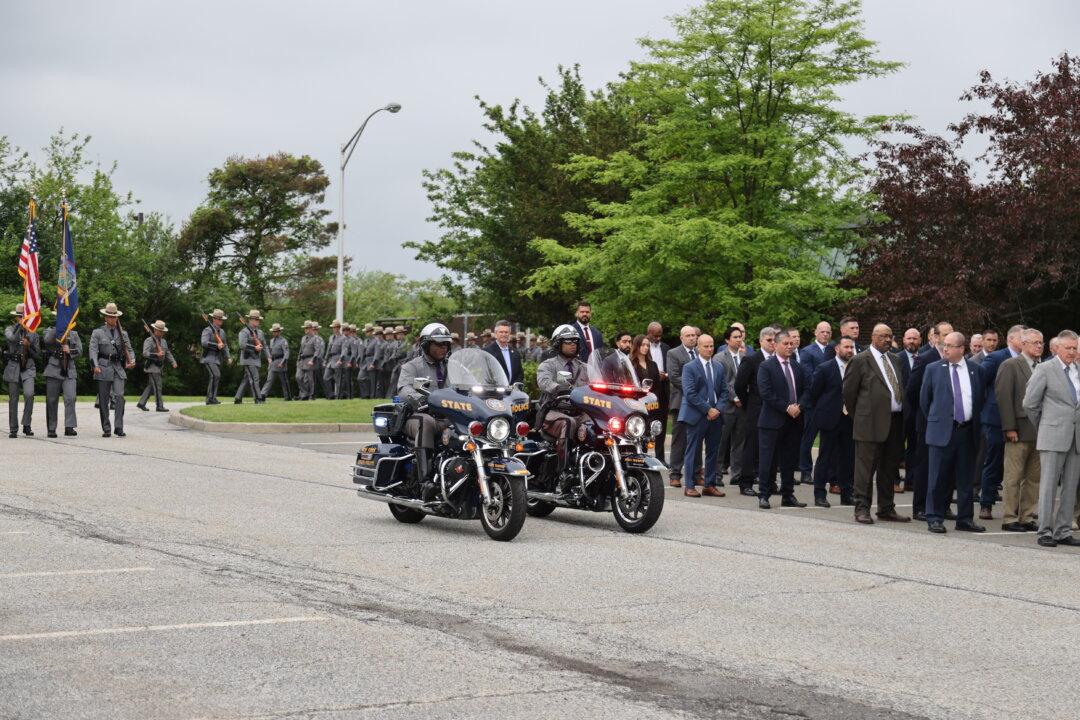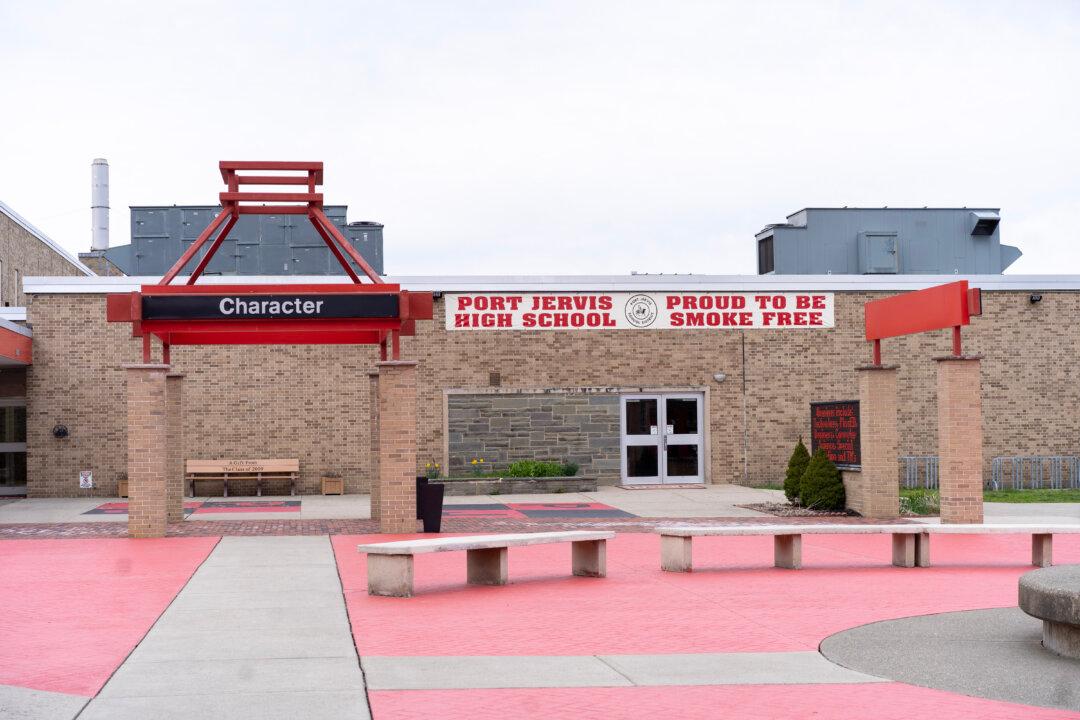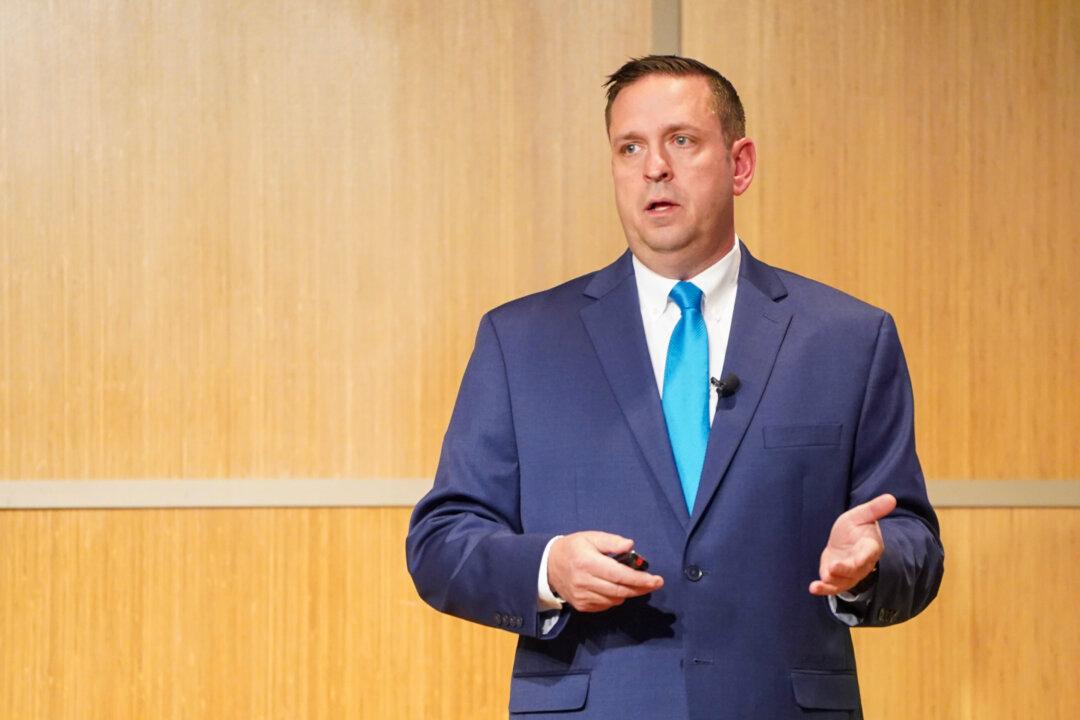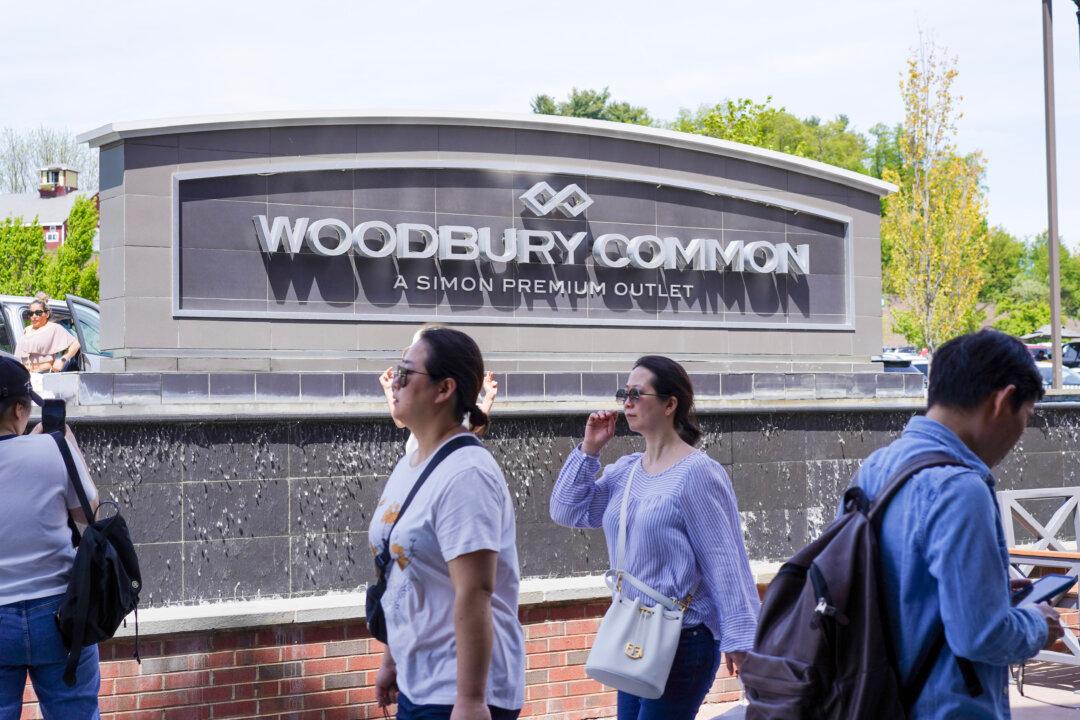Residents from different parts of Orange County, New York, spoke their minds on a draft county legislative map during an Aug. 27 public hearing in Goshen.
Most comments centered around the importance of keeping similar communities together and not splitting up municipalities when redrawing the map, a process that, per federal and state laws, repeats every 10 years following the decennial U.S. Census.
